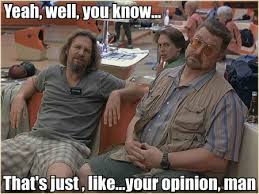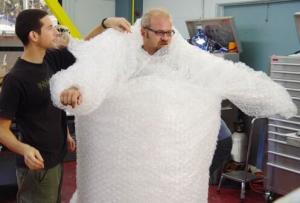PSA: Facebook is NOT a WC Fraudster’s Friend
Hello, dear readers! Generally speaking, your humble blogger maintains his calm, cheerful, and respectful demeanor thanks to this blog and its readers: all the venting and ranting happens here, and the sarcasm and snark gets spent here instead. To that effect, I try to bring you stories and cases and developments tied snugly into California matters but, on occasion, when it’s particularly relevant, I might relate a story or two from outside of California’s well-established borders. Today is such a day!
The Washington State Department of Labor & Industries reports that Tony T. Perry Sr., of Port Orchard, Washington, has plead guilty to two counts of third-degree theft after he received almost $14.5k in wage loss payments while he competed in BMX bike races. He described, on Facebook, injuring his ribs after a bike crash, but then claimed he injured his ribs in a fall caused by his allegedly industrially-injured knee.
Convict Perry was sentenced to 15 days of electronic home monitoring, with an additional 349 days in jail, suspended if he obeys all laws and repays the wage loss he received.
The investigators were clued in based on an anonymous tip, and conducted some surveillance, videotaping convict Perry engaged in at least two BMX races. However, it looks like half of the work was done for the investigators by Perry himself, who brazenly documented his BMX racing on Facebook for the world to see.
So, dear readers, why do I bring this to your attention? Why would an adjuster or an attorney or even an employer in California, where we are so busy keeping the working man from working, care about BMX racing and workers’ comp in Washington? Well, you know we have bike paths in California, right? We have Facebook too.
If you get a claim and you have the slightest doubt that the injured worker is a faker… take a look at Facebook. If you get a claim and you’re pretty certain that the injured worker is honest… take a look at Facebook. Take a look at LinkedIn too, and the Twitter and whatever else the kids are doing these days, because odds are, there’s a gem or two waiting for you to pick it up. And, yes, this applies to California too.
So, dear readers, don’t be shy – a bit of time on social media could lead to an SIU referral.


